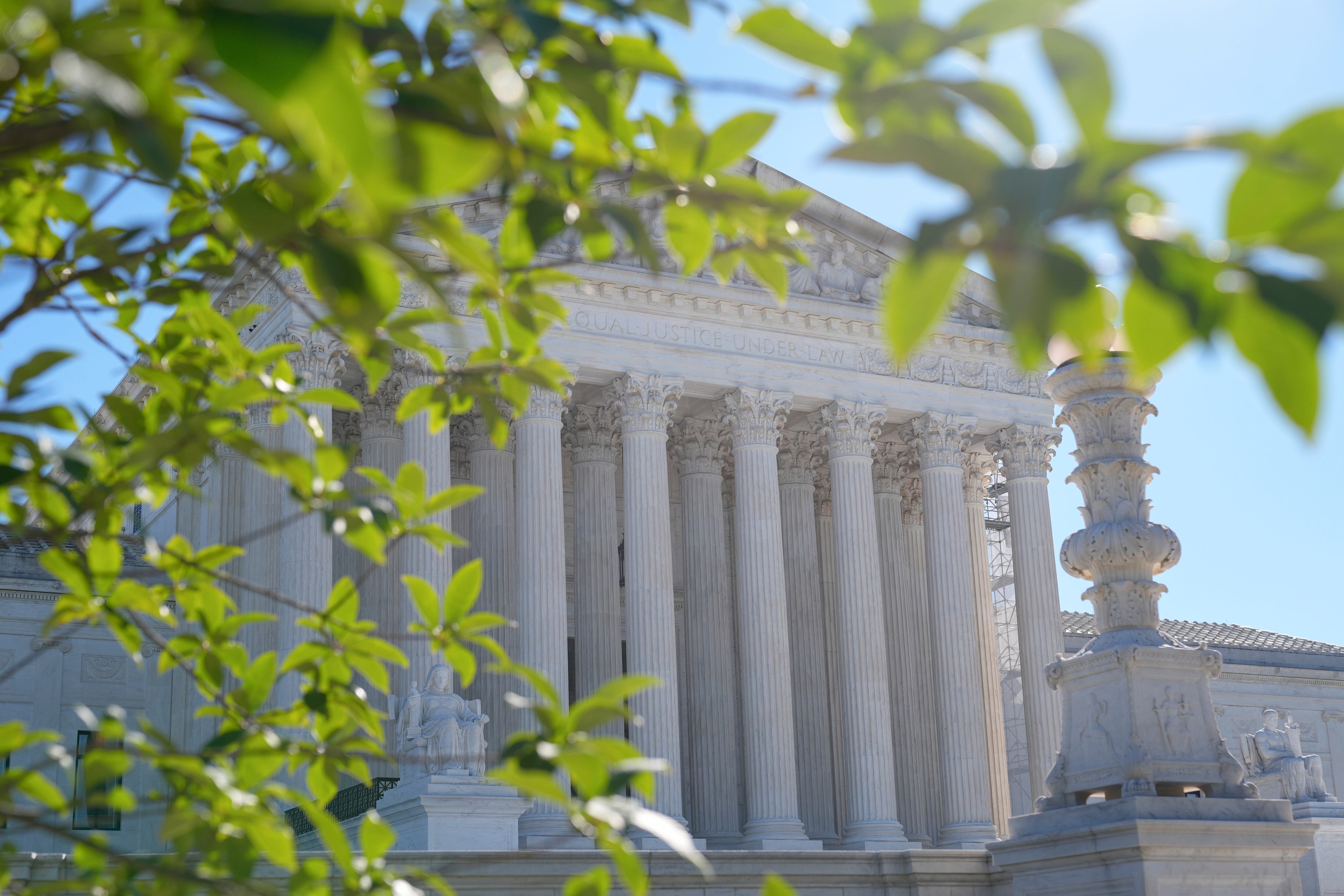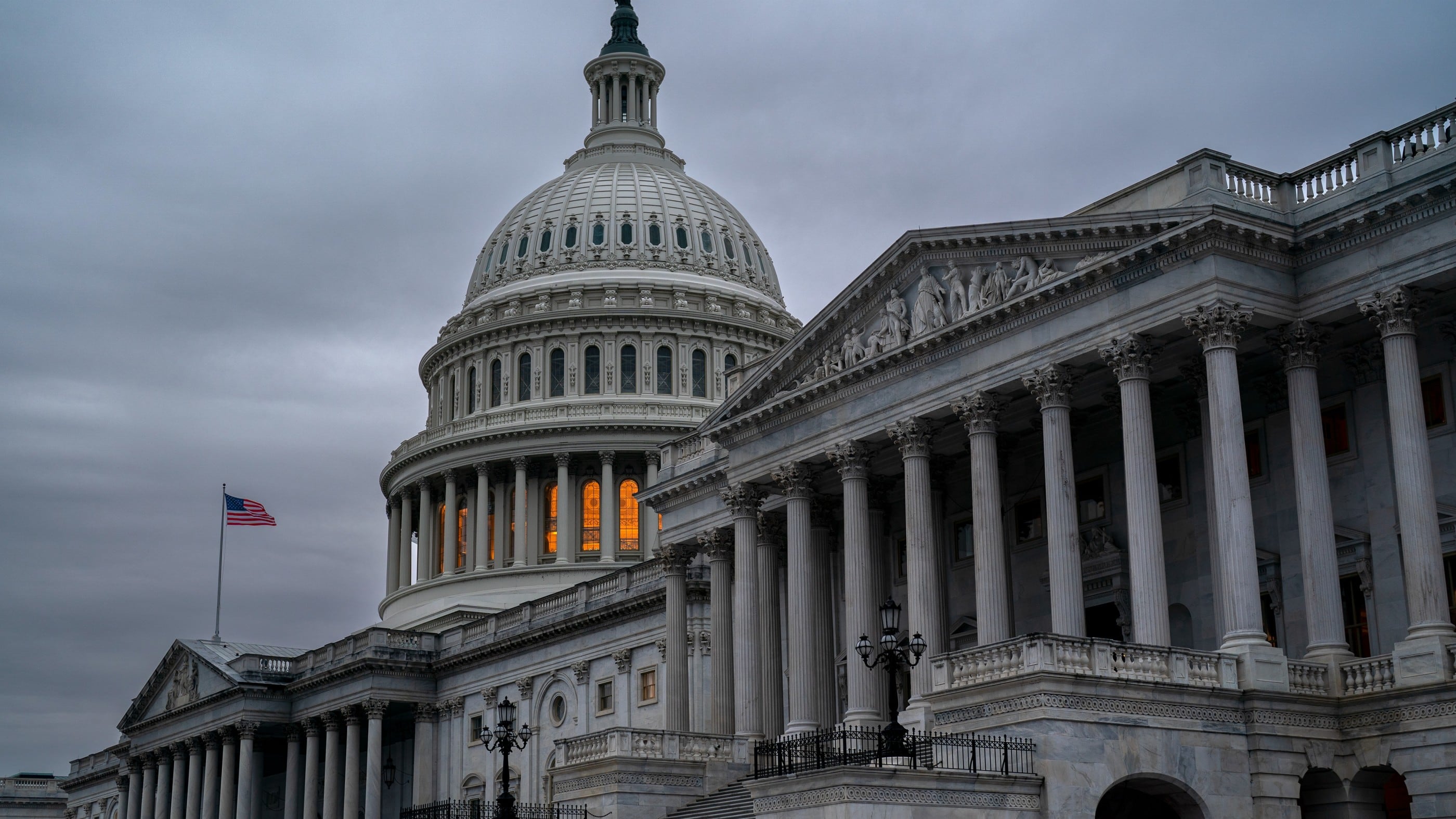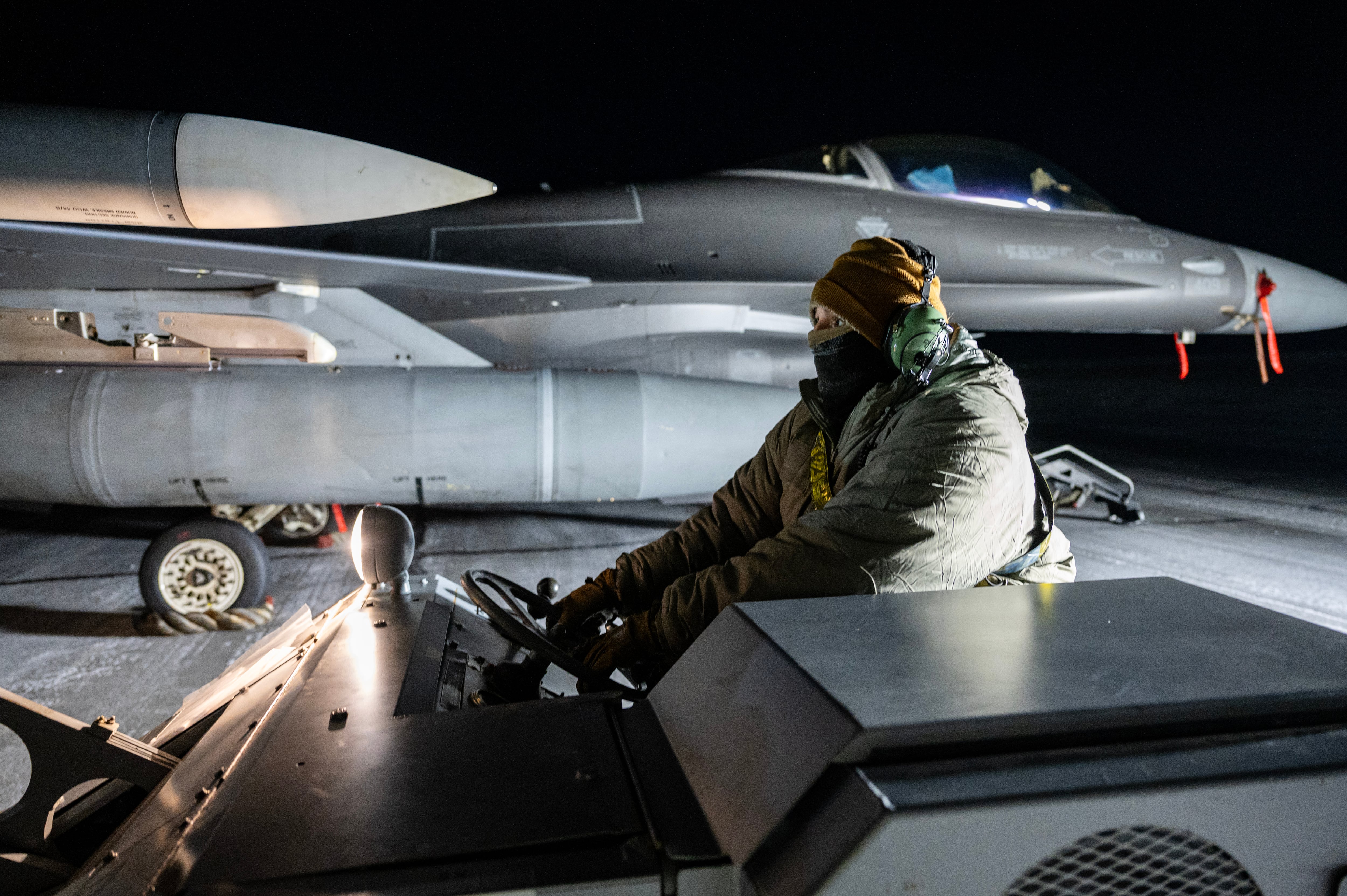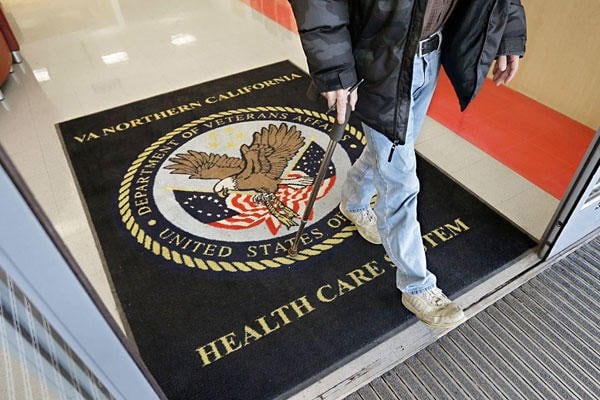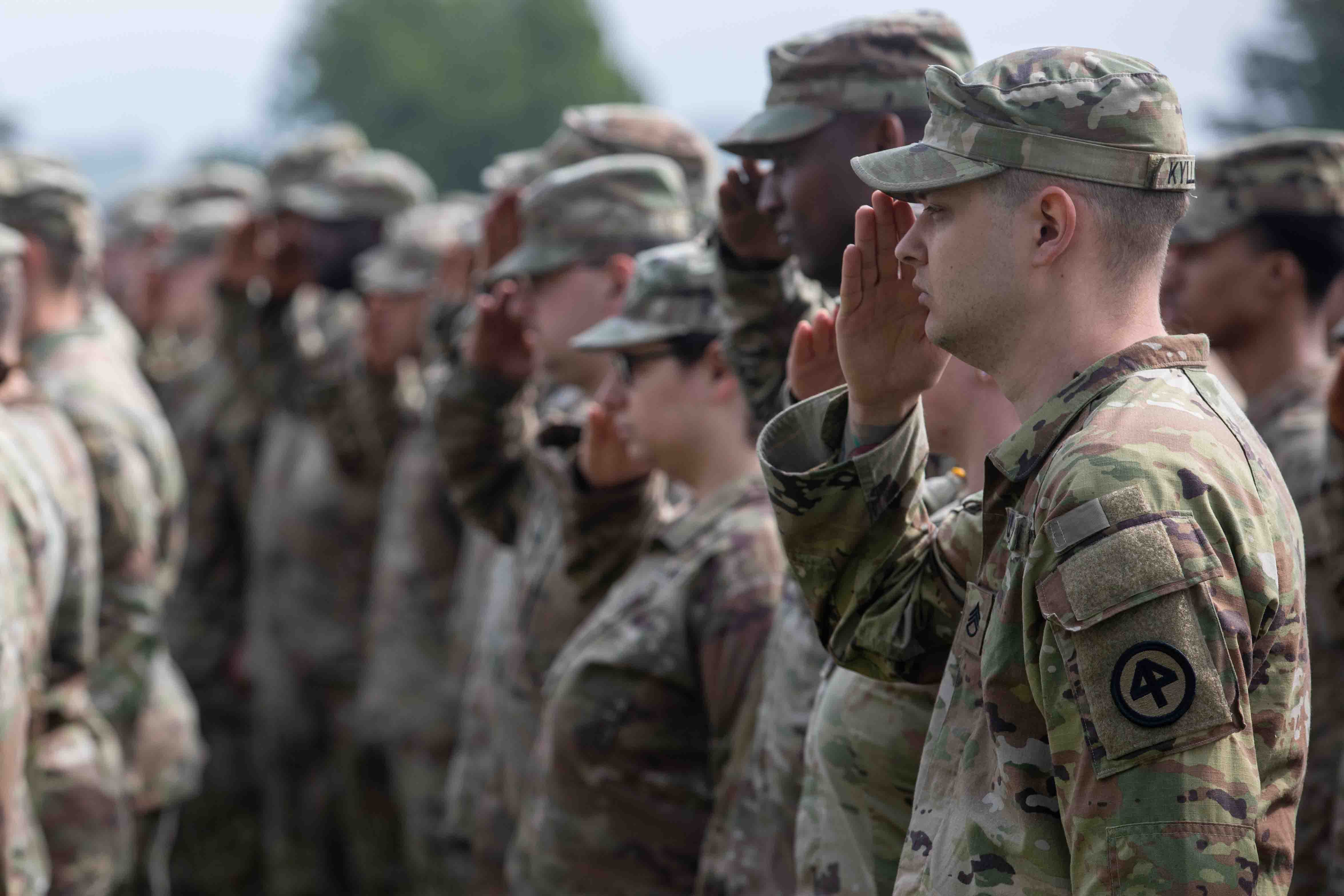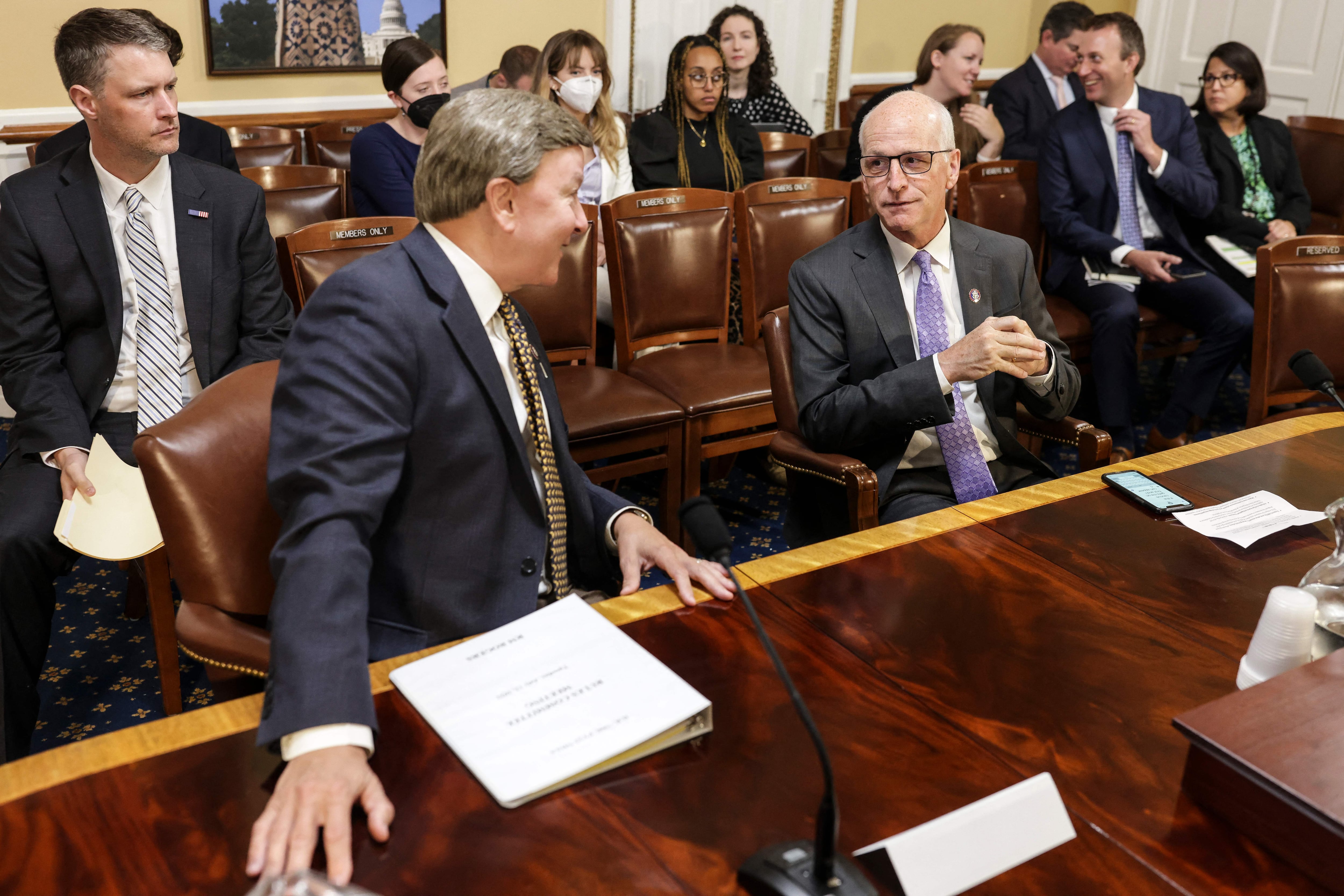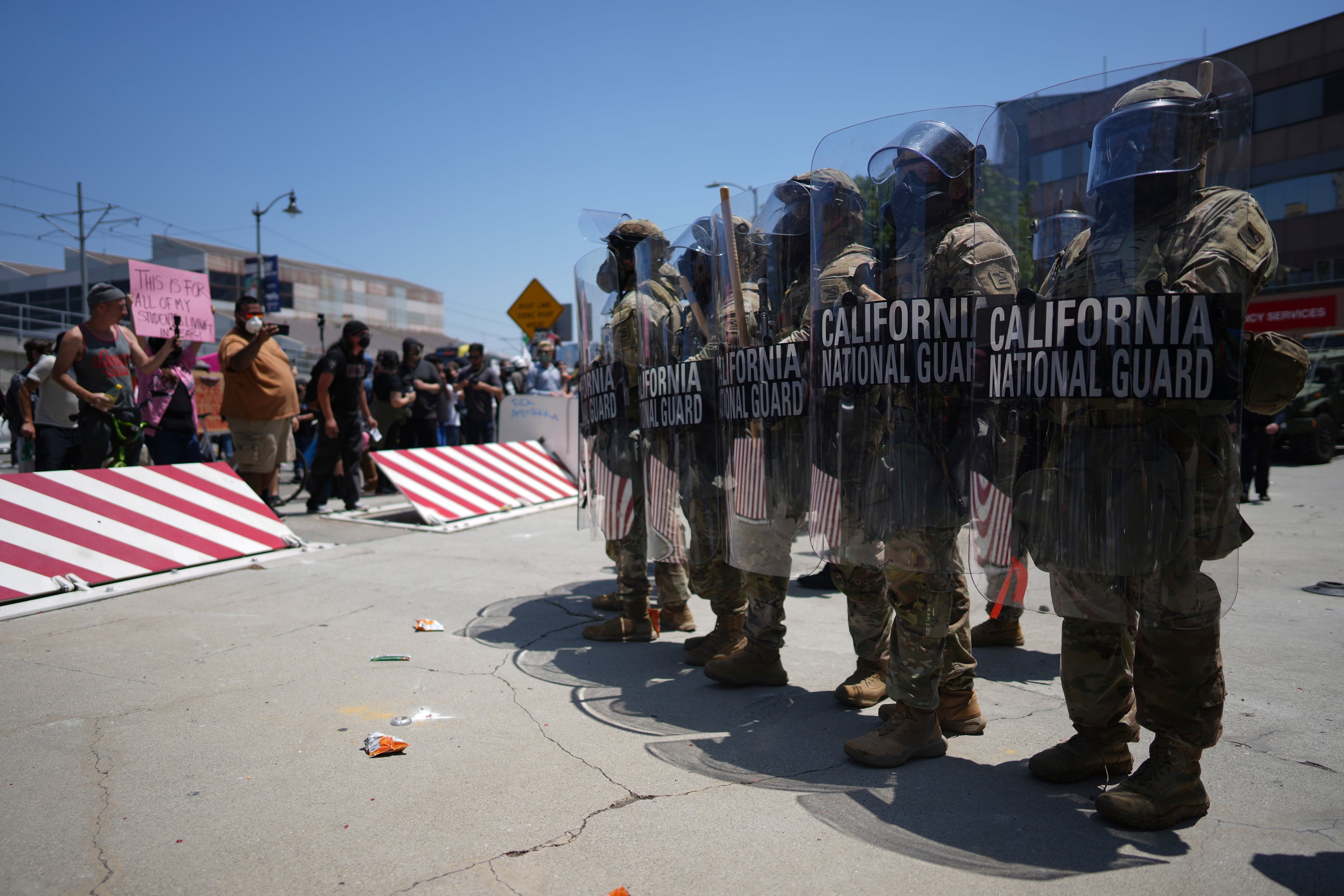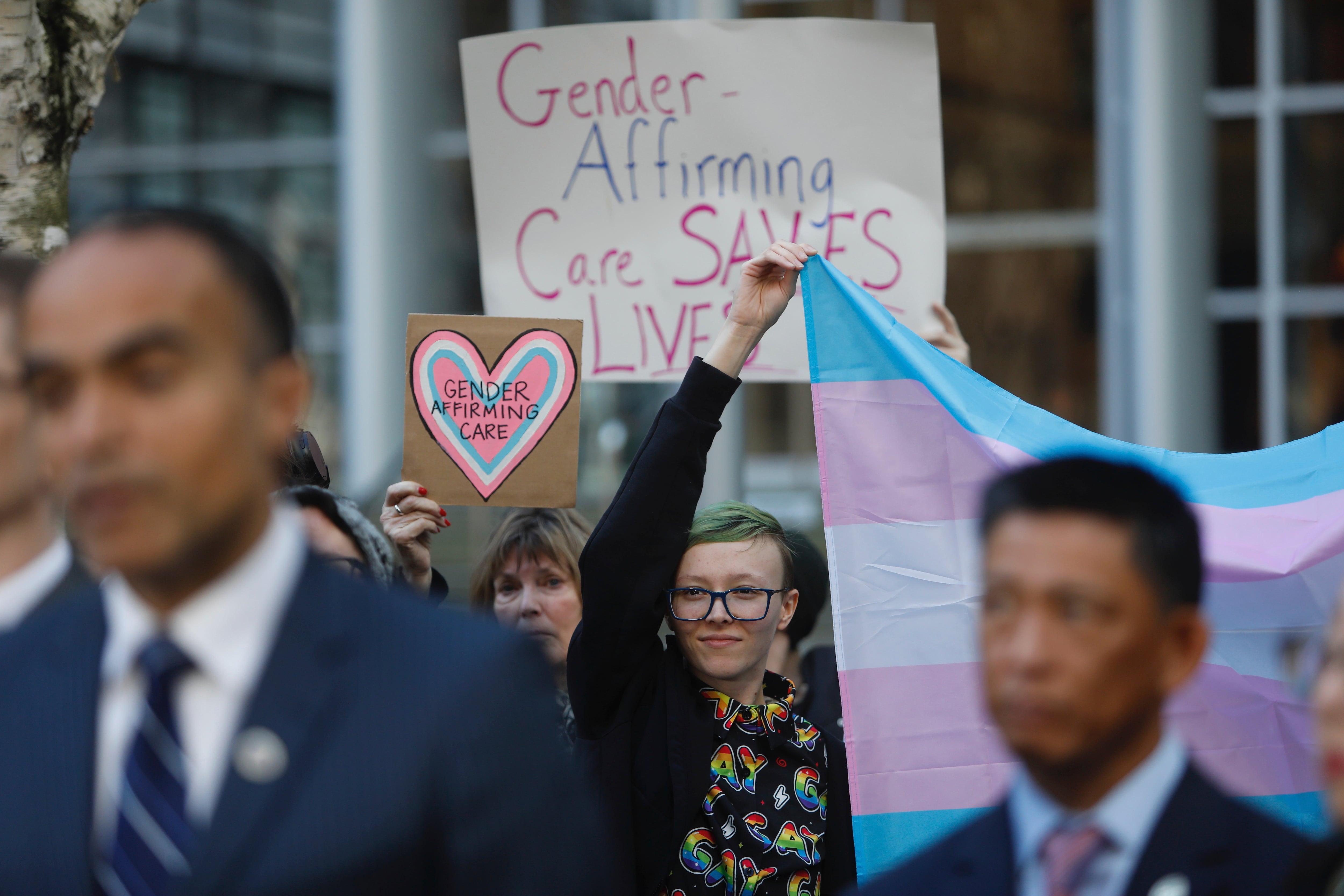Despite public promises to make suicide prevention their top priority, Veterans Affairs officials made errors in nearly one in every four reports concerning self-inflicted deaths on department campuses over a two-year span, according to new findings from the Government Accountability Office.
The news comes as lawmakers on Capitol Hill are considering new legislation to improve record keeping on veterans suicide as part of a broader legislative package on prevention efforts. About 20 veterans and still-serving troops die from suicide each day, according to the latest department statistics.
That number has remained steady in recent years even as administration officials and Congress have invested millions in new resources on the problem. However, Veterans Affairs leaders have reported significant decreases in campus suicides in recent years, which they attribute to new response and prevention efforts.
The GAO study was conducted in response to questions from the House Veterans' Affairs Committee following a series of deaths in publicly visible sections of VA medical campuses, including parking lots and hospital waiting rooms.
RELATED

VA officials did not begin collecting comprehensive records on campus suicides until 2017, following a federal Freedom of Information Act request by the Tampa Bay Times. Researchers noted that today, the department “has a process to identify on-campus suicides; however, its numbers are inaccurate.”
Veterans Health Administration records show 55 suicides on department medical campuses in fiscal 2018 and 2019. However, GAO researchers found four cases that administrators missed in their counts, and 10 cases included in the total that should not have been.
“For example, VHA’s list did not include a suicide that occurred in a VA parking lot of a community-based outpatient clinic despite the death being reported in a VHA Issue Brief and VA Police data,” the report states. “In contrast, VHA’s list also included one case as a suicide in which the veteran was alive.”
In that case, the veteran had survived a suicide attempt but was listed as deceased because of reporting errors. Three others were double-counted in department files. Two missed cases involved deaths at facilities that provide transition support for homeless veterans.
GAO officials said only 25 percent of all suicides over the two-year period met criteria for being fully investigated by VA officials, and other relevant demographic and clinical data was missing from most files, even though all the deaths occurred in places where collection of that information was possible.
“VA’s inaccurate information is at odds with its own goals,” the report states. “Specifically, in its National Strategy for Preventing Veteran Suicides, VHA identified the need for quality veteran suicide-related data to better understand the scope of the problem.”
RELATED
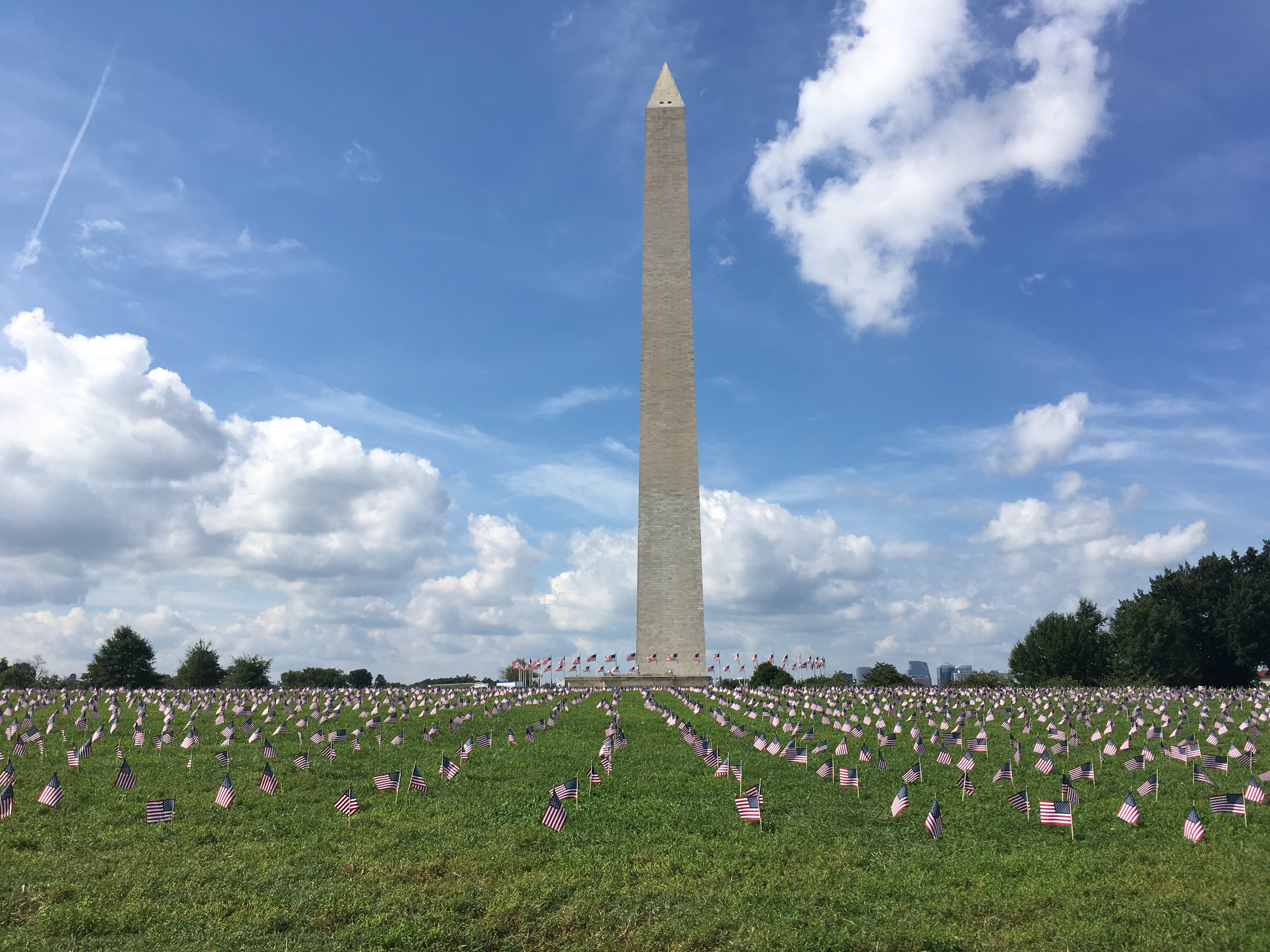
In response to recommendations from GAO, acting VA Chief of Staff Brooks Tucker promised improvements to the suicide records monitoring in coming months. The department has established a new standing committee to review the issue and provide suggestions for improvement by July 2021.
However, Tucker disagreed with suggestions calling for a “root cause analysis” of every suicide, saying that type of investigation may not be warranted in all cases.
Of the estimated 17 veteran deaths each day from suicide, only six involve individuals considered recent users of VA health services. Department officials have pointed to that number as evidence of the need for more public outreach and awareness of available mental health services in solving the problem.
Veterans experiencing a mental health emergency can contact the Veteran Crisis Line at 1-800-273-8255 and select option 1 for a VA staffer. Veterans, troops or their family members can also text 838255 or visit VeteransCrisisLine.net for assistance.
Leo covers Congress, Veterans Affairs and the White House for Military Times. He has covered Washington, D.C. since 2004, focusing on military personnel and veterans policies. His work has earned numerous honors, including a 2009 Polk award, a 2010 National Headliner Award, the IAVA Leadership in Journalism award and the VFW News Media award.

